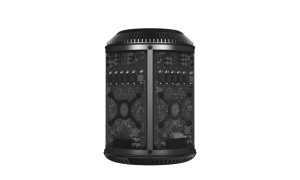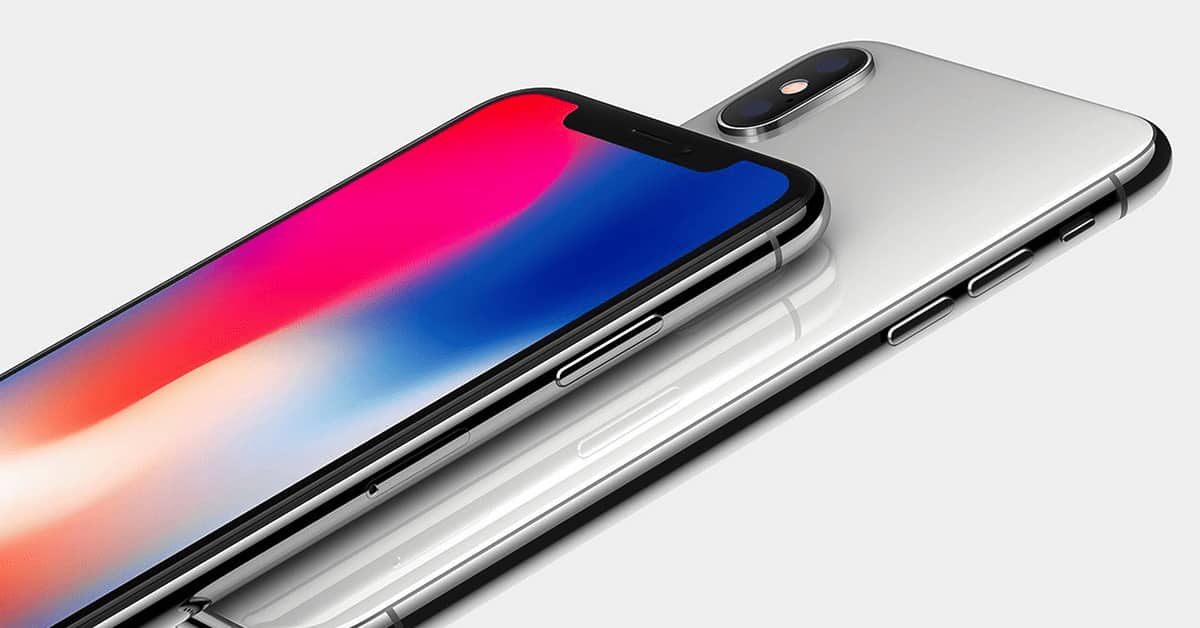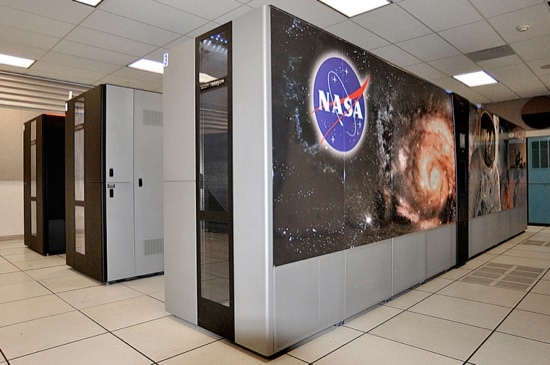Apple’s 2019 Mac Pro Will Be Fundamentally Different
The Particle Debris article of the week is by Matthew Panzarino at Tech Crunch. It’s about Apple’s 2019 Mac Pro.
This excellent article has been excerpted and analyzed by many, but my advice is to just read author Panzarino’s article for its full scope and insights.
Technical Admiration

Mistake: function followed form.
I’d like to add something, however, that hasn’t been widely discussed. And that is the notion of technical admiration and aspiration versus mere aesthetic design.
The best way to explain that is with an example. The latest MacBook Pros use a CPU that’s technically capable of addressing 32 GB of RAM. However the maximum Apple offers is 16 GB. That’s, as I understand it, to manage the thermal load for that (thin) case design. Other companies, like, HP offer powerful ZBook notebooks that have a 32 GB option. They are thicker. While the MacBook Pro is a beautiful, capable computer, it can fail to excite those who have great technical demands, and it’s accordingly hard to get wound up.
That’s just an illustrative example of one performance spec.
This matter is a delicate proposition for Apple. Cool running MacBook Pros that have a long battery life appeal to a wide range of mobile creative and technical professionals. But when there’s a demand for the highest possible performance, there are ways to design a computer whose sex appeal is in the performance specs, not in the thin curve of the aluminum case.
iMac Pro Paves the Way for Mac Pro
The 2013 Mac Pro, while technically impressive in some ways, paid too much attention to the physical design. As a result, over the last few years, Apple has come to the realization that a “Pro” computer isn’t like those of old—a mere bump in specs over the consumer model. Instead, as author Panzarino explains, Apple is now thinking about the technical allure of a computer that can really whet the appetite of the professional.
That means a no-nonsense, no limits approach and a Mac that’s going to cost significantly more but pay off for the customer in terms ROI. If the iMac Pro is any example, we’re seeing a shift towards Macs that, while they still look good, have appeal primarily in what they can do for the corporate, research, and government customer. It’s like the halcyon days of the Sun and SGI workstations that were purchased by organizations, not individuals.
Form Follows Function
That doesn’t mean that I expect the 2019 Mac Pro to be an ugly tower. It will, of course, look cool. But the physical design will be dictated by the modularity, thermal design, and connectivity. We’ll salivate over the specs, not the looks. Mostly.
Accordingly it will be expensive. More than any of us mere mortals can afford individually. That’s because, I predict, this Mac Pro will have some extra special hardware, hardware that’s designed to eradicate computational and UI roadblocks. It’s going to take some time to develop a new level of hardware integration and marry that with a macOS that fully exploits the hardware.
Mac mini Salvation
Because this new Mac Pro won’t ship until 2019, I doubt it will be mentioned at WWDC in June. Instead, for those individuals who need a reasonably powerful headless Mac, I’d like to see Apple ship a newly designed Mac mini. I’m thinking along the lines of the HP Z2 mini that I reviewed.
[HP Caters to Creative/Tech Pros with Z2 Mini PC]
Something small and good looking is called for. For example, a Xeon Quad-core processor, great—but not exotic—graphics, up to 32 GB of RAM, 1 TB SSD, $1800.
The new Canon Lake MacBook Pros, upgraded iMacs, the iMac Pro, and a fast, sexy Mac mini would hold the fort nicely while we wait for that computational monster, the 2019 Mac Pro. The technical allure of this kind of Mac family would once again have us wildly enthusiastic about the Mac’s future.
Next Page: The News Debris for the week of April 2nd. Money can’t always buy engineering R&D success.
Page 2 – News Debris For The Week of April 2nd
Money Can’t Always Buy Engineering R&D Success

Before its intended time.
Here’s a fun story, from Cult of Mac, full of insights into Apple operations. “Apple originally planned iPhone X for 2018.” It’s derived from a longer article from Mashable.
Does it seem strange that Apple would release two markedly different iPhone models, the iPhone 8 and 8 Plus and the radically different iPhone X, in the same year? If so, a new interview with Apple executives may help explain it: it wasn’t Apple’s original plan.
This article also helps us gain insights into the development of the 2019 Mac Pro. Sometimes, the R&D of hardware integration requires time and engineering savvy. Even trial and error. It’s a difficult process, working at the limits of technology, and more often than not, simply throwing money at the obstacles doesn’t accelerate the desired result. Sometimes luck prevails, sometimes not.
More Debris
• Stephen Silver at AppleInsider has delivered a sober, balanced analysis: “Compared: 2018 iPad versus the Acer Chromebook 11 in the school.” He covers all the key issues in light of educational realities. Good stuff.
• Watch and have fun as BGR’s Zach Espstein takes down an iOS rant by ZDNet’s Adrian Kingsley-Hughes. “A friendly takedown of the most ridiculous anti-Apple article we’ve seen in a long time.” This is how you do it: employ knowledge and experience to dissect shallow analysis. With gentle, deep wisdom, taste and humor.

Supercomputers needed government investment, leadership. What about AI? Image credit: TechCrunch
• If the U.S. Department of Energy hadn’t invested in supercomputers at our National Laboratories, like Oak Ridge, Los Alamos, and Lawrence Livermore, we’d be way behind the Chinese today in that technology. And so one has to ask, what’s the role of the government in funding and developing AI? Are there strategic considerations that overrule mere business concerns? The MIT Technology Review weighs in: “Here’s how the US needs to prepare for the age of artificial intelligence.”
• The pioner of iPhone jailbreaking and father of Cydia, Jay Freeman, weighs in on the dying technology. “Jailbreaking pioneers say iPhone jailbreaking is dead.” It only took 10 years for Apple to close this door. It just goes to show how much hard work goes into securing the iPhone when smart people are determined to break in.
Finally, here’s a great tutorial for those into display technology. “MicroLED vs. TFT and OLED: Why Apple is interested in new display tech for future iPhone or Apple Watch.” It does a good job explaining why Apple will likely abandon OLED and move to MicroLED.
It nicely expands on and complements my own tutorial from 2016.
[A Primer: LCDs, OLEDs, Quantum Dots and MicroLEDs]
Particle Debris is a generally a mix of John Martellaro’s observations and opinions about a standout event or article of the week (preamble on page one) followed on page two by a discussion of articles that didn’t make the TMO headlines, the technical news debris. The column is published most every Friday except for holiday weeks.
0 Response to "Apple’s 2019 Mac Pro Will Be Fundamentally Different"
Post a Comment